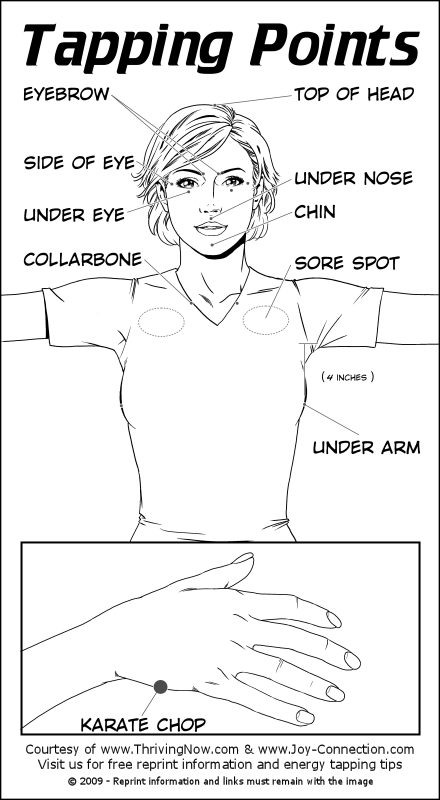UMASS
Unity Ministers Mid-Atlantic States
3 Methods to Manage Emotional Triggers
What is a Trigger?
A trigger is a response caused by the central nervous system (brain and body). It can be either positive or negative, and we react without conscious control. It's a feeling of being emotionally hijacked. Triggers can be anything from people, places, smells, words, or colors. For example, a particular smell can cause a conscious or subconscious craving for a substance.
Collective Consciousness contains our thoughts and feelings.
Love and Fear and Rejection and Belonging
Even those from the tribal state, when not belonging to a tribe
We have the Power.
Michelangelo’s Sistine Chapel's Ceiling in Vatican City, Rome, was painted from 1508 to 1512.
The brain and the Sistine Chapel image was released on July 28, 2010, by a neurosurgeon and a medical illustrator.
Name Your Emotions, Follow Your Exhale, and Experience Your Change
Become aware of your feelings and name your emotions and bodily sensations. No judgment. This is easier for some people than others. Sometimes, scheduling a time to feel, grieve, and experience what you are feeling without pretending to be positive.
Exhaling has a natural release. Follow your exhale.3x
Repeat - Become aware of your feelings and name your emotions and bodily sensations.
Experience the Change …Connect with what is different - This is the most important step. You are training the body/mind so that your life can be different.
Emotional Freedom Technique
Tapping
Pre-Post Awareness: What is the NUMBER of your feelings before you begin?
The Set Up Statement. “Even though I feel _____sadness, anger, frustration, __I deeply and completely accept myself” at the first point, side of the hand.
Then repeat….. Remaining name feeling …. tap and repeat through the tapping sequence.
Use two fingers and tap 7-10 times at each acupuncture point - The sequence or the words aren’t crucial. If you skip a point, go back and tap.
1. Side of Hand - Karate Chop
2. Top of Head - Center
3. Eyebrow - located at the beginning of the eyebrow - some people start at this point instead of the top of the head- It doesn’t matter
4. Side of Eye
5. Under the Eye - on the bone under the middle of the eye
6. Under the Nose - in the middle between the nose and lip
7. Chin - mid-way between the bottom of the lower lip and chin
8. Collarbone - at the base of the throat on each side of the sternum-use the three fingers
9. Under Arm - 4 fingers down from armpit (for women -mid bra)
10. Return to Top of the Head for a sense of completing the tapping
Post Awareness——- Give a number to what you feel now…be aware of this connection.
AH OM HUNG
Sound Healing
AH - From the combined crown and brow center, - radiating out white light in all directions- Spaciousness
OM- From the throat center, radiating red light in all directions - Confidence
Hung- From the heart center, radiating blue light in all directions - Positive Qualities-
The book Tibetan Sound Healing explains the use of sound to clear and focus the mind. In this integrated book-and-CD learning program on the Warrior Syllables, Tenzin Wangyal Rinpoche gives you the tools to access wisdom and compassion and use the vibration of sacred sound to cultivate the healing power within your body’s subtle channels." the3dooors.org
The 3 Doors is an international organization that teaches meditation methods to transform lives. This ancient wisdom is from Bon Buddhism, the indigenous culture of Tibet. For more info on classes and practice sessions, please go to the 3doors.org.
Ah Om Hung
Rev. Karen Patrick, Certified Program Leader
Unity SpiritGroups: Inspire Infinite Connections
Developing Leaders, Not Consumers
Ask me about details for your organization
SpiritGroups are small group programs designed to equip individuals and organizations.
to grow through spiritual development practices
inspired service to others,
bring people together to build a community
provide mutual accountability
encourage social action for the common good
*** Ask About the Train the Trainers Program for your SpiritGroup**
Four Vital Components of a Successful Small Group Program:
1. A clear structure for integrating your groups with your organization's mission.
2. Organizational infrastructure to support the growth of your small group program.
3. Make it easy for newcomers to grow into group leaders.
4. Provide training to others to become hosts for more small groups






